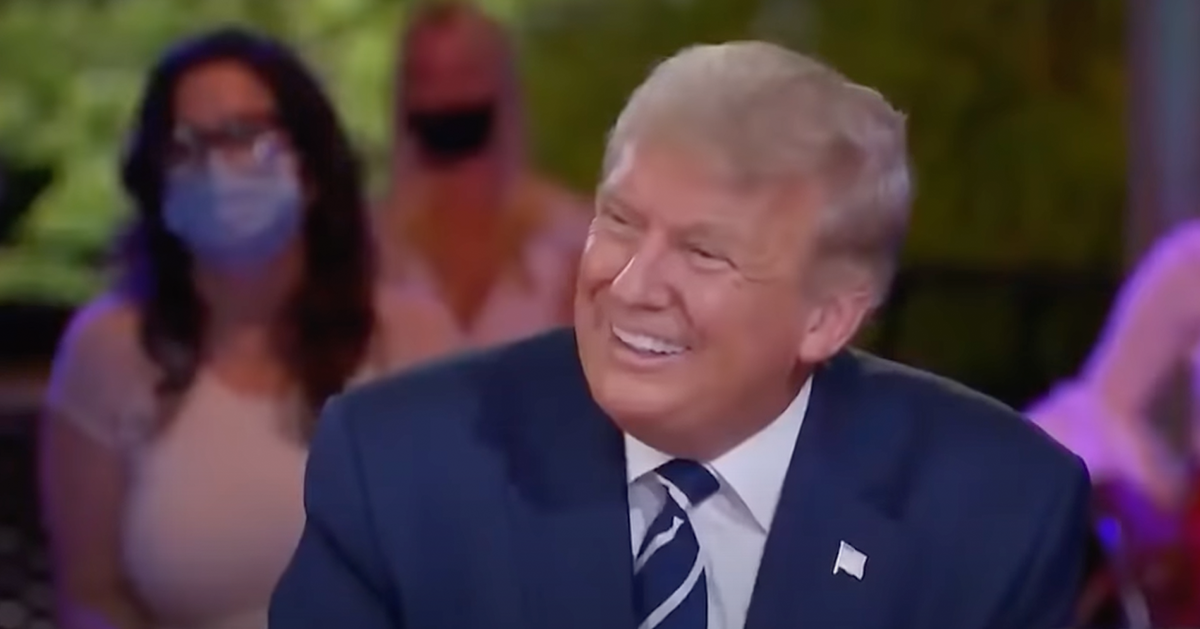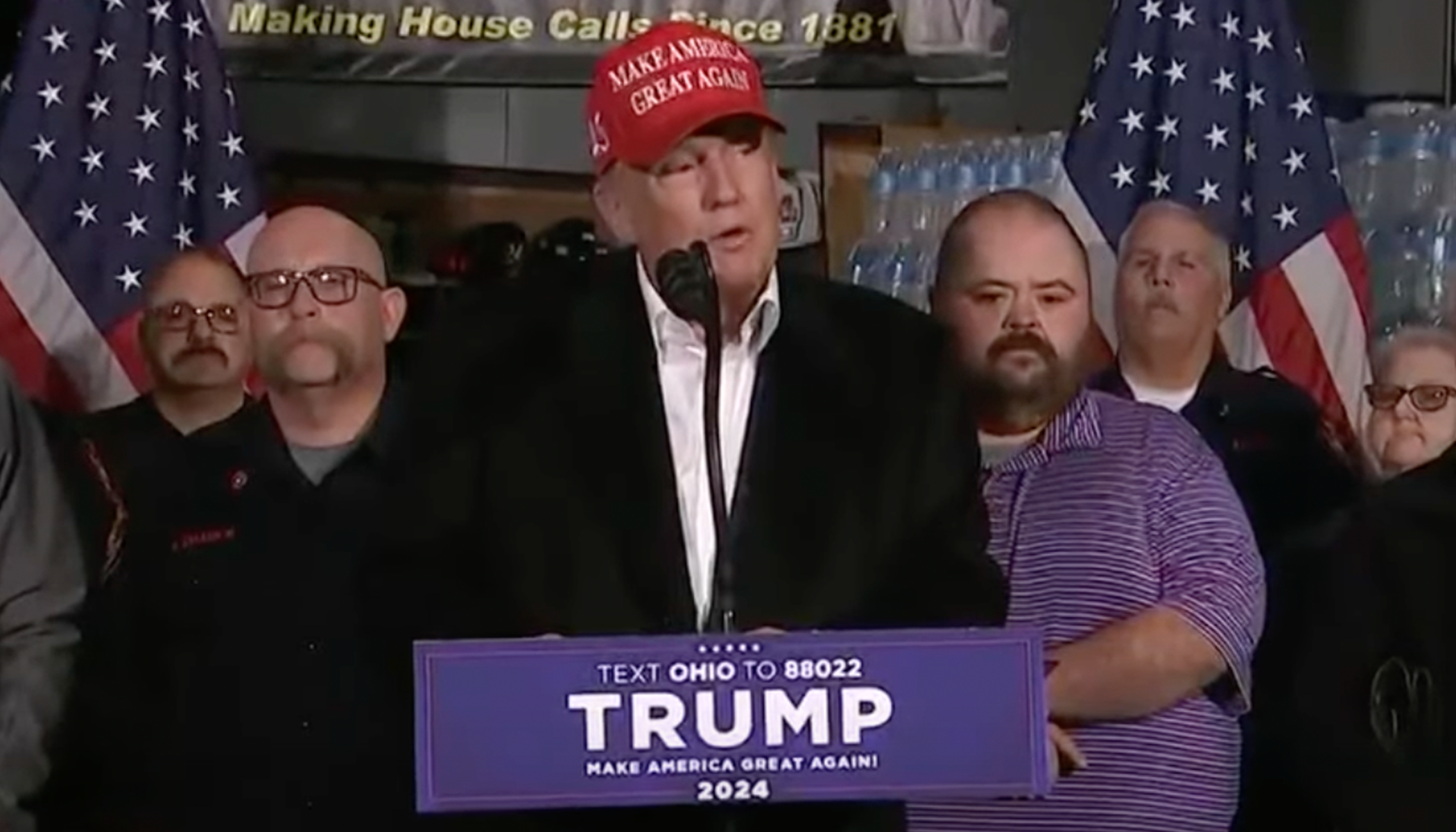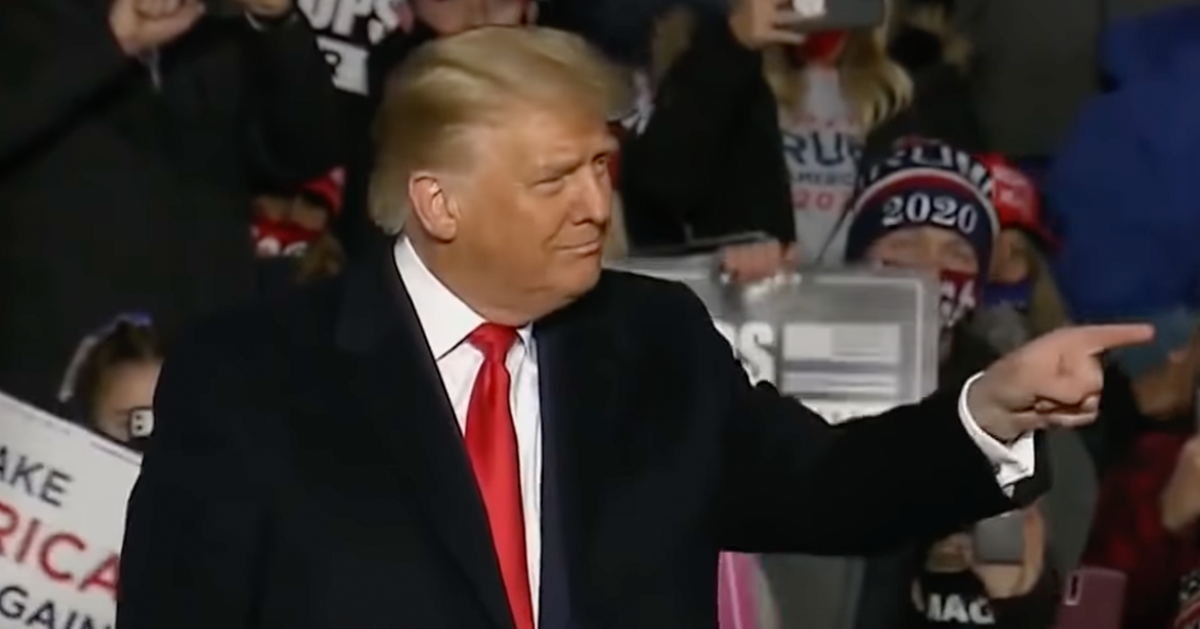House Inquiry Uncovers Security Breaches Before Trump Shooting
A bipartisan House panel reported "stunning" security breakdowns allowed a gunman to attack former President Donald Trump at a rally in Butler, Pa., on July 13.
The interim report revealed crucial failures primarily attributed to the Secret Service, underscoring preventable elements that culminated in gunfire injuries and a fatality, Breitbart reported.
The assault occurred while Trump spoke to supporters at the event. The shooting resulted in a bullet striking Trump in the ear, although he survived the injury. Tragically, one attendee lost their life, while two others sustained injuries in the chaos.
Details Emerge on Security Lapses
The investigation findings were unveiled on a Monday, with details emerging about what went wrong on that summer day. The bipartisan task force, consisting of seven Republicans and six Democrats, focused on failures within the Secret Service's operations.
The primary issues highlighted included fragmented discussions and ambiguous command chains between the Secret Service and local law enforcement. These factors allowed the gunman, identified as Thomas Matthew Crooks, to execute his plan unimpeded.
Launched on July 24, the House established the bipartisan task force to delve into the incident. The goal was to dissect all angles that facilitated the deadly breach, seeking clarity and accountability.
Panel Conducts Extensive Investigation
Contributing to the report's findings were 23 interviews and extensive documentation reviews from various law enforcement entities. Throughout this process, the task force aimed to piece together the sequence of events leading up to the attack.
The report's language was unequivocal in its findings, with lawmakers asserting that the attack was avoidable. They noted multiple junctures where authorities could have intercepted Crooks had communication been more cohesive.
Dismayed by how Crooks managed to evade surveillance, lawmakers referenced his suspicious conduct, which went unnoticed due to disjointed communication efforts.
Final Report Anticipated by December
The significance of the report goes beyond mere facts, as it sets the stage for a forthcoming final analysis, expected by December 13. This concluding document may propose reforms aimed at fortifying security and preventing a repeat of such incidents.
Addressed were the potential legislative measures that could revolutionize current protocols, ensuring tighter security in high-profile situations. Both federal and local agencies might adopt new procedures based on these recommendations.
The task force emphasized the preventable nature of the missteps, urging systemic improvements to safeguard future events. The hope is that prudent policy adjustments will preempt similar threats moving forward.
Bipartisan Unity Toward Preventative Steps
Despite political divisions within the task force, members exhibited a unified stance in confronting the failures. Understanding the gravity of the situation, they focused on fostering changes over casting blame.
In a climate often characterized by partisan rhetoric, the coalition's collaborative nature stands as a testament to prioritizing national security. The task force's dedication underscores its commitment to tangible reforms.
Ultimately, the proof of this unity will lie in the execution of corrective measures. By addressing the root causes of these discrepancies, the task force hopes for substantial impact.
Looking Ahead to Recommendations
As the December deadline approaches, attention will shift to the forthcoming recommendations. The task force's final report is expected to provide a roadmap for both legislative and procedural advancements.
Communities, too, will be watching closely, as safety assurances play a critical role in rebuilding trust. The importance of these measures is especially relevant in an era where public gatherings have faced unprecedented security challenges.
Through tangible outcomes, the task force aims to inspire confidence, setting a new standard for safety measures at high-profile events. With a focused eye on the future, these efforts seek to reconcile past oversights and pave the way for robust security protocols.





